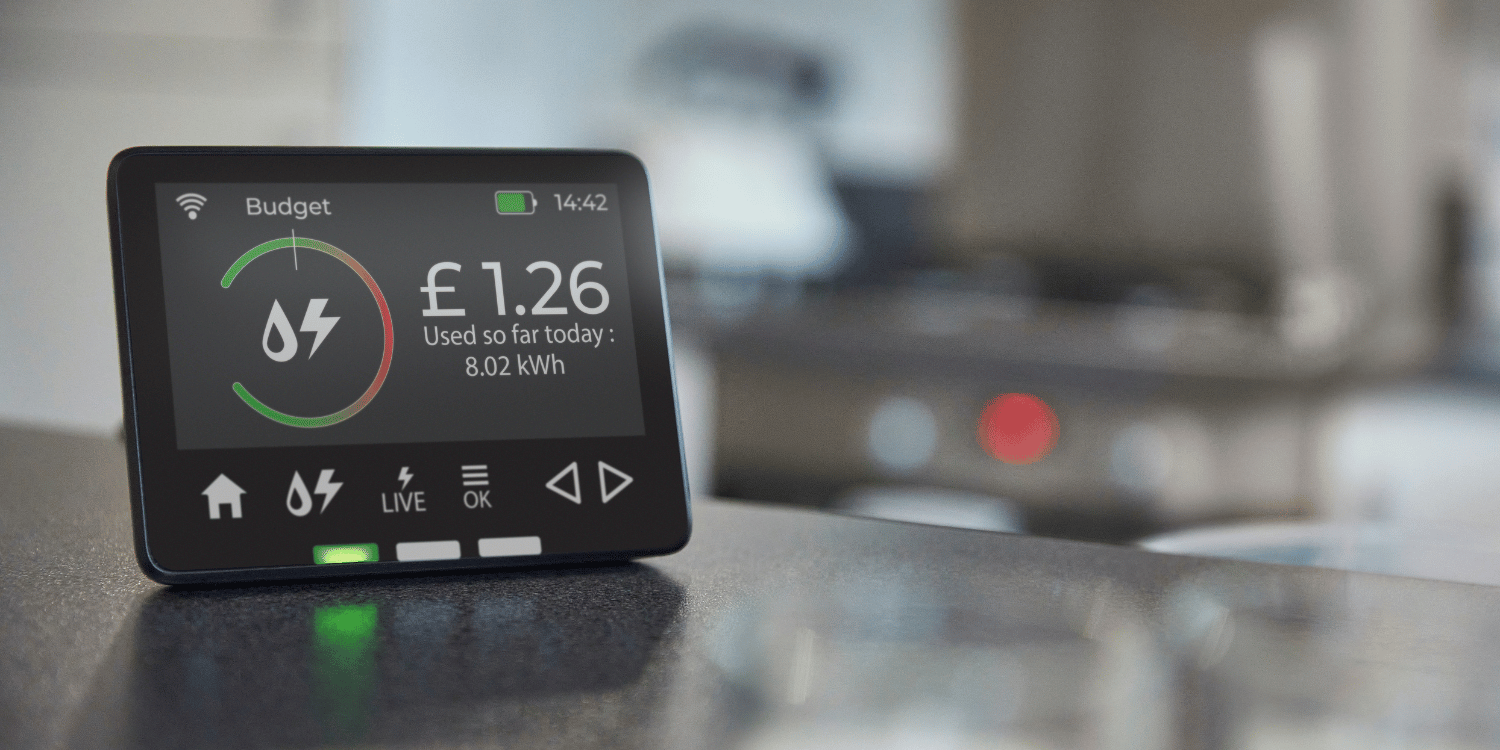Energy companies are now installing smart meters, the newest type of gas and electricity meters. Smart meters already make up more than 40% of all residential and small business meters. By the middle of 2025, the government hopes to make them available to everyone in England, Scotland, and Wales at no upfront fee.
However, what are they precisely? Is it wise to purchase them? What occurs if you switch?
Smart meters monitor your gas and electricity consumption and can transmit the data to your energy provider remotely. They include an in-home display screen to assist you in seeing your energy usage and lowering it. It keeps track of your energy usage for at least thirty minutes at a time, sending the data to your supplier every day. Your retailer can scan the meter remotely.
Since analogue meters could only record data once a month, they were of little use for past cycle payments and of little value for subsequent cycle payments. Utilities can now forecast and simulate monthly cash flow scenarios based on real-time use thanks to smart meters.
Aside from being free of charge, smart meter have several advantages compared to conventional meters:
1. Automated Readings From Meters.
There’s no need to go around in dimly lit cabinets or garages to read your consumption information because they automatically forward it to suppliers.
2. No more Guesswork on Bills.
You should only pay for what you use because your meters will send your consumption information straight to your supplier. With a normal meter, you typically receive a monthly bill based on projected use, and to receive an accurate bill, you must submit a meter reading every few months.
3. Usage Displayed in Pounds and Pence on an In-Home Display.
An “in-home display”—a true game-changer—will also be provided to all smart meter users. This little device pairs wirelessly with your smart meters to track the amount of energy you use and display the cost in almost real-time. It gives readings in pounds, pence, and kilowatt hours (kWh), so it can help you identify where you can cut back.
4. Some Smart Prepayment Meter Clients are Eligible for Automatic Top-Ups.
Certain suppliers, like EDF, let you set up auto top-ups, which replenish your meter’s credit automatically each time your balance falls below a predetermined (you specify) threshold. In a similar vein, some, like Octopus, allow you to choose to get a text alert when the credit balance on your meter hits a predetermined level, allowing you to top off and make sure your supply stays connected.
There are Two Different Models of Smart Meters
Approximately 15 million SMETS 2 smart meters are among the 31 million smart meters that have been placed in British homes so far. The smart capability has been restored by upgrading an additional 10 million SMETS 1 meters.
- SMETS 1: Also referred to as “Smart Metering Equipment Technical Specifications,” is the first version of smart meter technology. They use the 3G network to interact with your supplier. Although they will continue to function as basic meters, they will become “dumb” and lose some functionality when you move energy suppliers because it’s doubtful that the new provider will be able to pick up that communication.
These are no longer being installed, and an ongoing effort is in place to upgrade those that are in order to bring back functionality that has been lost and keep them “smart” in the event that you switch later.
- SMETS 2: You will have a second-generation SMETS 2 meter if you have had smart meters placed recently or if you are about to acquire them. These make use of a central data network that all suppliers can access to access their own communications systems. Therefore, upon switching, your in-home display should indicate your usage along with the expenses associated with the new supplier, and your new supplier should be able to view your usage and meter readings.
As efforts to use modern technology to improve the effectiveness of the electric grid continue, consumers will not only have more options for managing electricity but also more opportunities to reap significant long-term savings.



